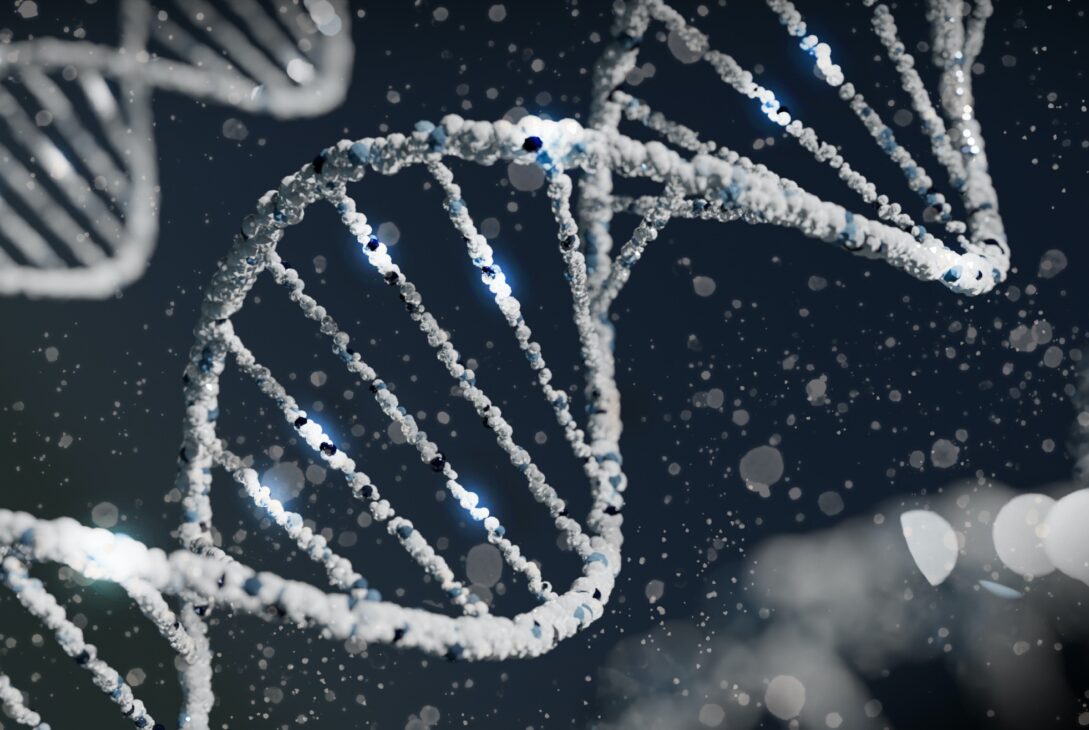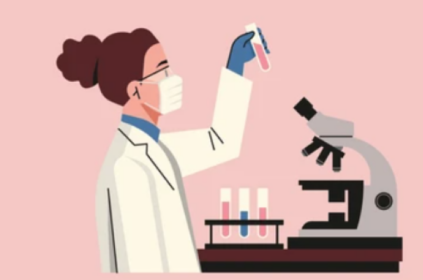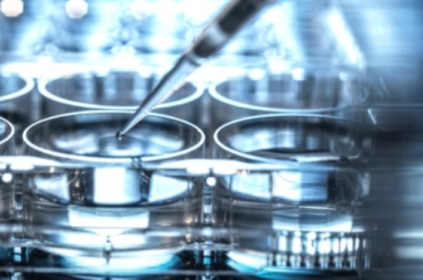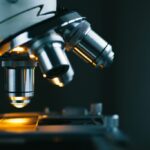There’s still much to learn about cancer: how and why it develops, what triggers it, genetic predispositions. Researchers are increasingly understanding the impact of genetic makeup on our cancer risk. For example, scientists identified myeloid genes as potentially causative in conditions like acute myeloid leukemia and myelodysplastic syndromes. More recent research suggests that mutations in these myeloid genes could also contribute to high-risk acute lymphoblastic leukemia (ALL) development.
Dr. Chandrika Abburi, PhD, wrote for UChicago Medicine that research spearheaded by UChicago Medicine researchers offered new mechanistic insights into ALL development and treatment.
According to Dr. Abburi, an estimated 90% of pediatric acute lymphoblastic leukemia respond well to available therapies. However, adults (ages 40 or older) with acute lymphoblastic leukemia do not respond as well, leading to worse outcomes. But why was this?
The Presence of Myeloid Mutations
In research published in Blood Cancer Discovery, the research team set out to understand the prevalence of gene mutations in adults with ALL. Through this, the team hoped to identify the genetic underpinnings for why pediatric and adult ALL responses differ. After sequencing genetic data from 400 adults with acute lymphoblastic leukemia, the research team found that 33% of patients had myeloid mutations. It is called clonal hematopoiesis of indeterminate potential (CHIP) when DNA mutations—of which myeloid mutations are involved—occur. Because CHIP increases with age, many adults with ALL have higher CHIP. More so:
- CHIP and myeloid mutations were present in patients for years before they were diagnosed with leukemia. This could potentially be used as an ALL biomarker.
- People with ALL who had more myeloid mutations were less likely to respond to the standard-of-care (chemotherapy), although immunotherapies were slightly more effective in treatment.
- An estimated 10% of people ages 50+ have CHIP. The research team believes that CHIP is a risk factor for high-risk ALL.
- Novel therapies are needed for people with ALL who have myeloid mutations. These mutations can be made worse through chemotherapy and radiotherapy. Identifying novel treatments could reduce the risk of disease progression or development.
Editor’s Note: Get Involved!
Cancer doesn’t discriminate. WHATNEXT and its partners are interested in amplifying the voices of those from all identities and backgrounds. If you have a cancer journey to share, reach out here to learn more about how your voice can help spread awareness and inspire individuals from all walks of life.
About Acute Myeloid Leukemia
Also known as: Acute lymphocytic leukemia; acute lymphoid leukemia
Acute lymphoblastic leukemia is a cancer of the blood and bone marrow. This cancer is considered the most common form of pediatric cancer, but is considered rarer and more severe in adults. Acute refers to the fact that this cancer often progresses rapidly, especially without treatment. This cancer causes the rapid proliferation of immature blood cells (lymphocytes). Doctors know that an error in bone marrow DNA causes ALL, but the reason for this error is unknown.
The common characteristics of acute lymphoblastic leukemia include swollen lymph nodes, bone pain, abnormal bleeding such as frequent nosebleeds or bleeding from the gums, frequent infections, pale skin, weakness and fatigue, shortness of breath, and easy bruising.
If you have ALL, you are not alone. Consider reaching out to the Leukemia & Lymphoma Society for resources and community.
acute lymphoblastic leukemia acute myeloid leukemia genetics leukemia medical research oncology
Last modified: January 22, 2025











